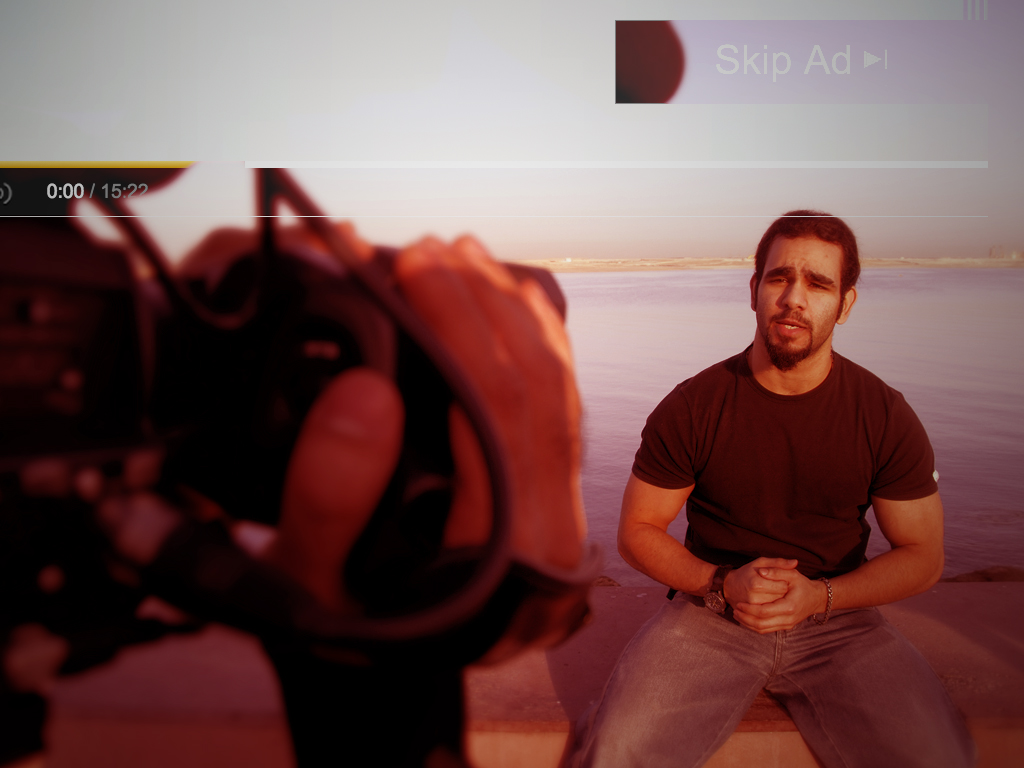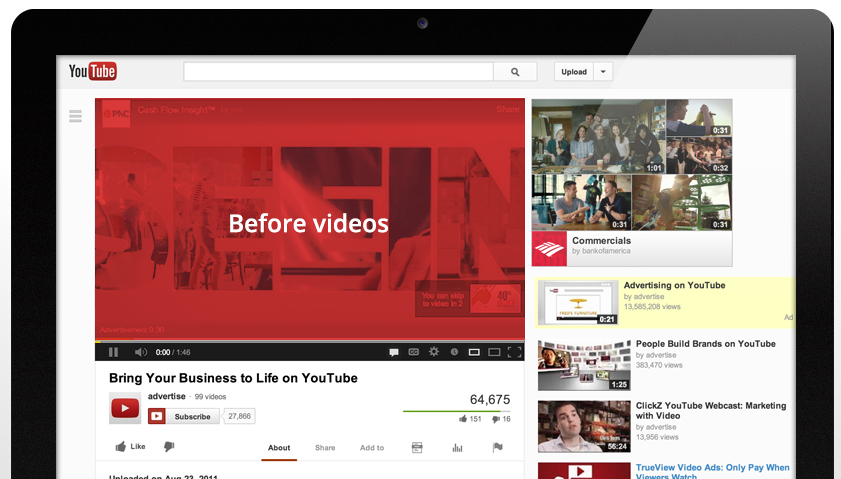Facebook’s Industry Research revealed on Jan. 7, 2015, “In just one year, the number of video posts per person has increased 75% globally and 94% in the US.” Evan James of Socialbakers observed on Jan. 8, 2015, “Facebook Video is Now Bigger than YouTube for Brands.” And Garett Sloane of Adweek reported on Jan. 13, 2015, “After the Avengers: Age of Ultron teaser aired, the full trailer shot to more than a million views within the hour on Facebook.” Based on these posts and stories, should senior marketers start shifting a significant percentage of their video marketing budgets from YouTube to Facebook?
Before you jump on the Facebook video bandwagon, you should weigh all the pros and cons. After you have, don’t be surprised if you discover that the reports of YouTube’s death are greatly exaggerated.
Growth Of Video Uploads
For example, it’s true that mobile technology, which allows people to have a camera with them at all times to capture and share videos, is driving the growth of video posts on Facebook. But, this development is also driving even faster growth of video uploads to YouTube.
According to Facebook Internal Data on content creation, the number of video posts per person has increased 75 percent globally in just one year. By comparison, the amount of video content uploaded to YouTube globally increased 200 percent from 100 hours a minute to 300 hours a minute during the same period.
Direct Uploading vs. Sharing
It’s also true that brands are uploading more videos to Facebook directly instead of sharing YouTube videos. So, if all your friends were going to jump off a bridge, would you jump, too?
Consider this: If you upload a video to YouTube, you can share it to Facebook, Twitter, Google+, Tumblr, Pinterest, and other social media platforms. This improves your content’s discoverability and can significantly increase your video’s “watch time,” which is YouTube’s most important ranking factor.
If you upload a video to Facebook directly, it’s much harder to use other social media to improve your content’s discoverability and any time spent watching your Facebook video doesn’t do squat for your video’s ranking in YouTube, which is the world’s second largest search engine behind only Google.
So, if you create and upload two versions of a video, one to Facebook and the other to YouTube, then it actually costs you more and hurts your YouTube ranking. You’re still better off sharing your YouTube video to your Facebook page.
Advertising & Viewability
If your brand is one of the thousands of advertisers using TrueView in-stream ads, then sticking with a YouTube-first strategy isn’t crazy. With TrueView video ads, you pay only when someone chooses to watch your ad, so you don’t waste money advertising to people who aren’t interested in your business.
By comparison, Premium Video Ads on Facebook start playing without sound as people scroll past. If people tap the 15-second Facebook video ad, it will expand into a full-screen view and sound will start. But Premium Video Ads on Facebook are bought based on Targeted Gross Rating Points, not taps. So, you are charged even when someone scrolls past your ad but doesn’t choose to watch it.
According to comScore Video Metrix, Google sites, driven primarily by video viewing at YouTube, ranked as the top online video content property in November 2014 with 162.2 million unique viewers in the U.S. AOL ranked second with 103.7 million viewers, followed by Facebook with 95 million. And that’s just a comparison of the websites.
Recently, Neal Mohan, Google’s Vice President, Video & Display Advertising, announced on the DoubleClick Advertiser Blog that “more than 30 mainstays of video advertising – broadcasters, premium publishers and major brands – have joined our premium video marketplace, Google Partner Select.” This includes: CBS Interactive, Fox News, Discovery, Animal Planet, TLC, HGTV, Food Network, Cooking Channel, Travel Channel, Hearst Television, Rolling Stone, Us Weekly, Men’s Fitness, and PGA Tour.
He also announced that Google would be “rolling out viewability reporting across our ad platforms. This will, for the first time, inform brands whether their video ads on digital channels were actually seen or not (as opposed to, for example, appearing off-screen, going unwatched or being swiped past).” Facebook doesn’t offer advertisers anything like Google Partner Select or viewability reporting across other websites.
All Hype?
It’s true that the “Avengers: Age of Ultron” trailer shot to more than a million views within the hour on Facebook. But, as Sloane’s story in Adweek noted, “The YouTube counter does not quite tally as fast, but it was clearly getting more attention on Facebook from the start. By today, however, YouTube showed more views with 7.5 million compared to 5.4 million on Facebook.”
That’s why many senior marketers may decide to stick with a YouTube-first strategy, even if Facebook videos are becoming more powerful.


